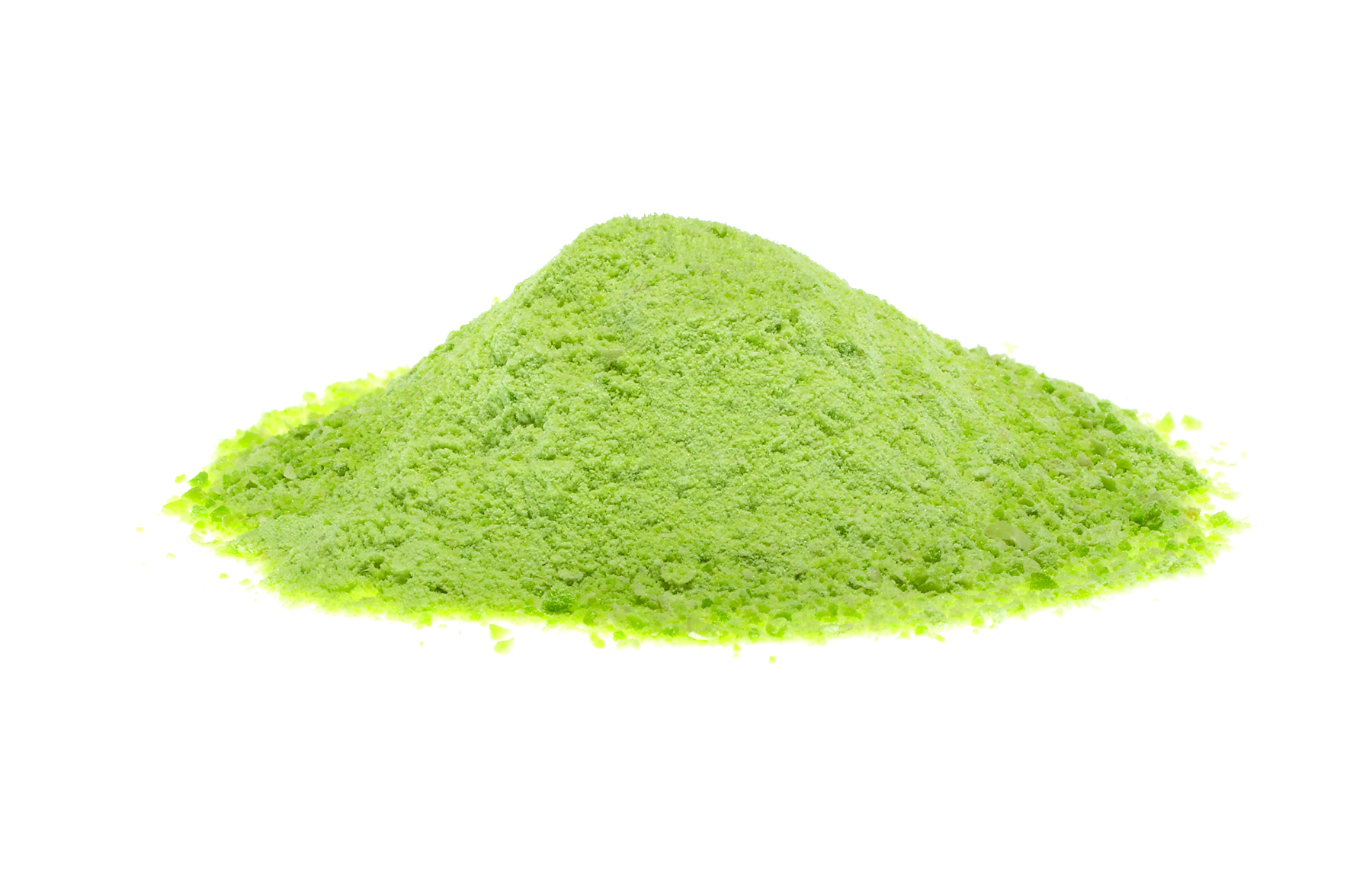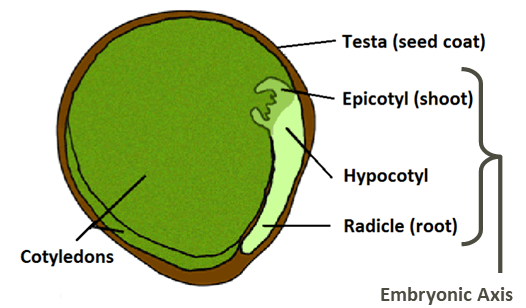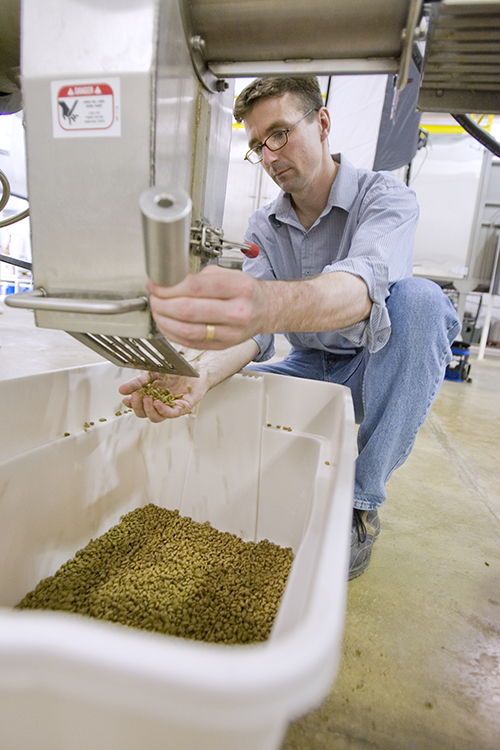Principal Investigator: Dr. Michael Nickerson
Institution: University of Saskatchewan, Saskatoon, Sask.
Prepared by: Nate Ort, M.Sc.
This project, led by Dr. Michael Nickerson at the University of Saskatchewan, developed new processing strategies for pulse ingredients for the Canadian food sector with a focus on yellow pea, green lentil, Kabuli chickpea, and navy bean. The findings from this investigation provide new information to pulse processors which can be used to produce more nutritious ingredients for human consumption, introduce clean label processing technologies, and add value to commodity prices.
This project investigates different ways to produce pulse ingredients that have consistent quality and are suitable for a variety of food end-uses. The application of pre- processing treatments (for example roasting, germination, or micronization) to pulse seeds can create different pulse ingredients that are more targeted to specific markets. This project also addresses value-added pulse processing using sustainable practices, dry fractionation, and thermal treatments that are considered “clean label” to produce ingredients with enhanced properties.
Grading and Characterization of Whole Pulses and Milled Flour
New methods to measure seed hardness based on particle size index and a texture analyzer were developed. For the texture analyzer, the Retsch grinder showed noticeable differences between pulse types and produced a more consistent ground product than the other mills tested. A standard method was developed for characterizing pulse pasting properties. Milling scale-up produced five different flours (Ferkar, straight grade, reconstituted whole, and low- and high-protein blends) for each pulse and the flours presented different quality attributes. The high-protein blends from green lentil and chickpea produced the best pancakes, whereas for muffins the low-protein chickpea blend was the best flour (see Table 1).
Whole Seed Processing
Micronization (grinding whole seed into very fine particles) and germination were tested in a laboratory and roasting (30% tempering moisture; 160°C for 30 minutes), micronization (20% tempering moisture; 140°C), and germination (48 hours) were scaled up to common processing capacities. Micronization and germination increased protein concentration and all treatments affected how the seeds fractured later during milling, which was observed by a change in protein distribution throughout the flour streams. The small difference in protein concentration between the different streams indicates that one-stage milling, like Ferkar, may be advantageous for treated seeds.
Producing Protein Isolates and Process-Induced Modification
Flour particle size affected the solubility of protein isolates extracted from it whereas the flour to water ratio used in extraction showed little effect. Enzymatic hydrolysis of protein isolates influenced their functionality where hydrolysates had better solubility and oil holding capacity (OHC) than the controls. Protein quality decreased after hydrolysis for yellow pea and green lentil but increased for chickpea. Fermentation of protein isolates improved yellow pea functionality more than navy bean, however decreased yellow pea protein quality. Fermentation of protein isolates from chickpea and green lentil decreased in-vitro protein digestibility but increased solubility regardless of microorganism used.
End-Use Product Development
Spaghetti with good texture but undesirable flavour was produced from yellow pea flour. For chickpea, the breads made with flour from untreated or roasted seeds were the most preferred, and the straight grade and Ferkar flour performed similarly. Yellow pea straight grade and fine semolina, as well as navy bean coarse semolina had the greatest potential for extruded snack applications, however, flavour masking is required for future formulations. For yellow pea and green lentil, the roasting pre-treatment resulted in the best extruded snack characteristics, while the germination pre-treatment had the best sensory characteristics for spaghetti. These results indicate that the recommended processing pre-treatment, flour mill stream, or protein isolate treatment depends on the end- product application and is specific among different pulse crops.
Key Findings
- The extruded snacks made with roasted yellow pea or green lentil straight-grade flours showed great commercialization potential.
- The pre-treatments (roasting, germination, and micronization) applied to the pulse seeds (green lentil, yellow pea, Kabuli chickpea, and navy bean) showed that each pulse type is unique and responds differently to treatments and in end-product applications.
- Initial flour particle size plays a role in the solubility of extracted protein isolates; larger particle size resulted in better protein isolate solubility.
Table 1: Suitable applications based on milling and pulse type.
| MILLING TYPE AND PULSE | PANCAKE | MUFFIN |
|---|---|---|
| Ferkar | ||
| Green lentil | x | |
| Chickpea | ✓ | x |
| Yellow pea | x | |
| Navy bean | x | |
| Straight grade | ||
| Green lentil | ✓ | ✓ |
| Chickpea | ✓ | ✓ |
| Yellow pea | x | |
| Navy bean | x | |
| Reconstituted | ||
| Green lentil | x | |
| Chickpea | ||
| Yellow pea | x | |
| Navy bean | x | |
| Low Protein | ||
| Green lentil | x | |
| Chickpea | ✓ | ✓ |
| Yellow pea | x | |
| Navy bean | ✓ | ✓ |
| High Protein | ||
| Green lentil | ✓ | x |
| Chickpea | ✓ | ✓ |
| Yellow pea | ✓ | x |
| Navy bean | x | |




